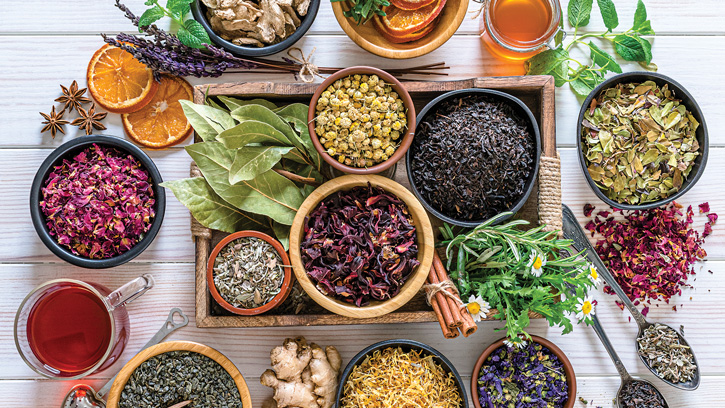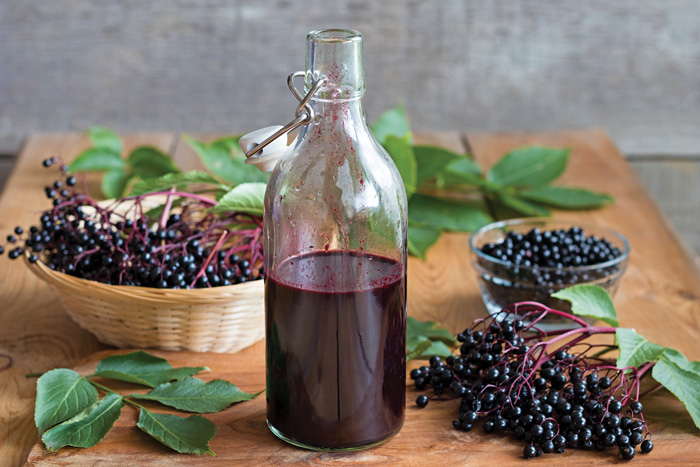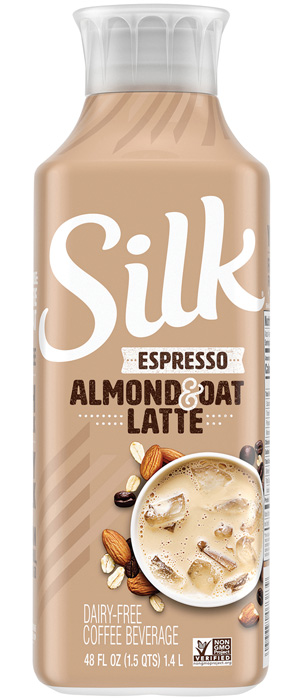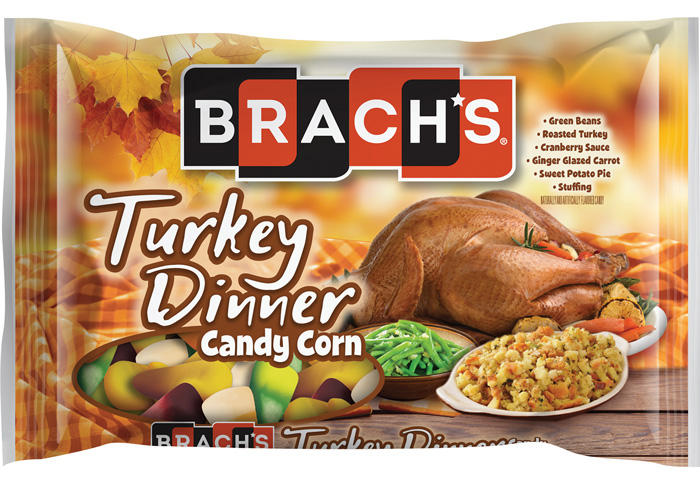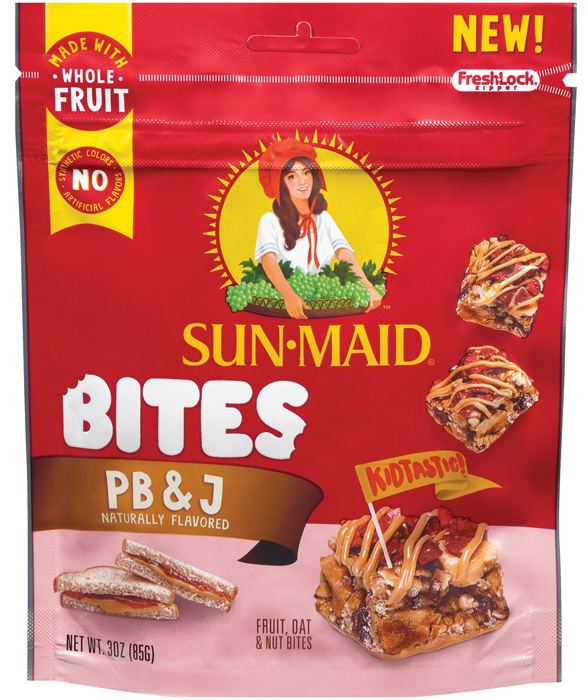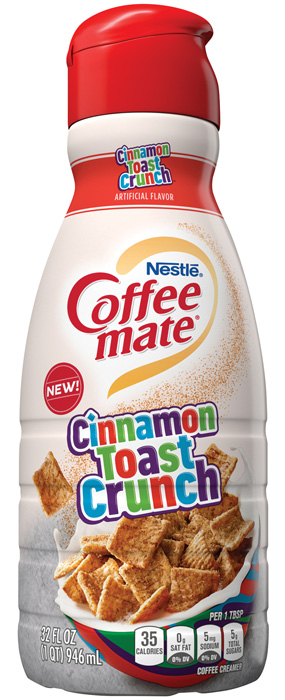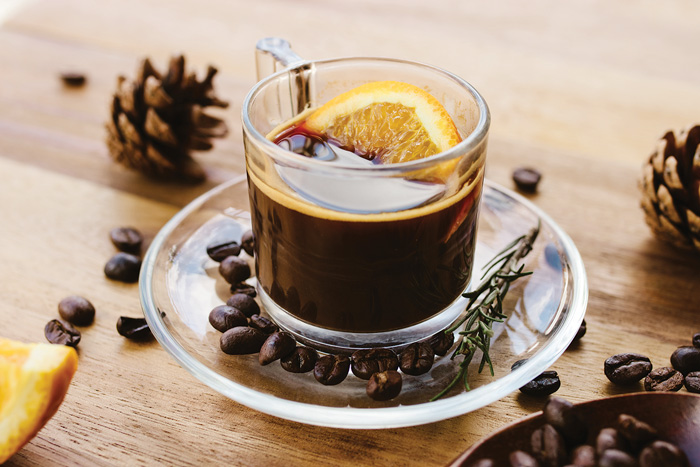Flavors of Change: Taste Trends Evolve in Pandemic’s Wake
INGREDIENTS
As the COVID-19 consumer market continues to take shape, the pandemic’s initial impacts on food and flavor preferences are beginning to emerge. Some ongoing trends, such as functional and plant-based products, have accelerated as consumers focus on boosting their immunity and overall health to help stave off the virus. On the flip side, consumers facing lifestyle restrictions brought on by the pandemic are returning to the center of the store for pantry stock-ups and traditional comfort foods as they try to cope with the uncertainties ahead.
The Functional Food & Beverage and Supplements 2020 report, a new study by The Hartman Group based on research that coincided with the beginning of the COVID-19 pandemic, found that 89% of respondents who were aware of the pandemic saw disruption to their household. The research group reports that consumers increasingly are looking for functional food and beverage products while also sometimes indulging in comfort foods for their emotional health.
Plant-based products, which were already having a moment, are right in sync with the growing desire for wellness foods: Health is the top motivator for shoppers to purchase and consume plant-based foods, according to Climate Change and the American Diet, a report released in February 2020 by the Yale Program on Climate Change Communication and Earth Day Network. The total U.S. plant-based food market grew from $3.9 billion in 2017 to $5 billion in 2019, a gain of 29%, according to SPINS data reported by The Good Food Institute. And investment firm UBS is projecting that U.S. sales of plant-based protein and meat alternatives will hit $85 billion in 2030, while plant-based dairy product alternatives will reach $37.5 billion in 2025.
“We are living in a very unusual year with the COVID-19 pandemic, and as a consequence, consumers are changing their behavior in a much faster pace than before,” says Alex Massumoto, marketing associate at Synergy Flavors. “The COVID-19 pandemic has alerted consumers to the vital importance of health, and more people will seek recommendations and products that address their individual well-being needs.”
After years of strong sales growth in the supermarket perimeter, center store prepared foods are generating new interest as consumers look for products to fill their pantries. Forty-one percent of eating occasions in spring 2020 involved items purchased when stocking the pantry, up 5 percentage points from spring 2019, according to COVID-19’s Impact on Eating, a report from The Hartman Group.
“There’s a resurgence of prepared foods driven by all of the pantry loading that took place,” says Eric Spenske, vice president of marketing at Givaudan. “A lot of consumers have reintroduced themselves to categories they had abandoned in the past few years. Many of these purchases were made not out of choice but [due to] availability, so it remains to be seen if that kind of buying carries through once we come out of the COVID-19 situation and get back to whatever the new normal is going to be.”
In addition to being readily available and offering longer storage times than fresh foods, some center store prepared foods also can serve as comfort foods that take consumers back to pre-pandemic days. Three-quarters of U.S. consumers say they are eating more comfort foods now than they ever have, reports OnePoll in a survey commissioned by Sensodyne. Potato chips, ice cream, chocolate/candy, pizza, macaroni and cheese, and pasta topped the list of favorites.
“Given the current situation with COVID-19, many consumers are leaning toward ‘comforting’ foods,” says Keera Perumbala, marketing manager at Sensient Flavors. “This means different things to different consumers. For some, it means cereal for dinner on some days, and for others, it means a sea salt caramel fudge ice cream after dinner. Owing to this, we are expecting some classic favorites to make a comeback [but] with a twist. Consumers now are programmed to go ‘beyond the basics,’ so adding a twist will help them feel adventurous while rooted in comfort.”
Let’s see how these evolving consumer trends are translating into flavor ingredient opportunities as processors adapt their food and beverage products to meet the emerging pandemic and post-pandemic consumer markets.
Flavor Follows Function
According to The Hartman Group’s Functional Food & Beverage and Supplements 2020 report, 29% of consumers say they are now consuming more functional foods or beverages, and at least half of adult consumers say they use functional foods (58%) or beverages (56%) to treat or prevent a specific condition, including overall preventive health. Not surprisingly, the COVID-19 pandemic has put immunity attributes in the forefront of consumer preferences for functional ingredients.
“Immunity is one of the hottest topics out there right now, and flavors that consumers recognize as immunity boosting in particular, such as turmeric, elderberry, echinacea, citrus, and berry flavors, will perform well with consumers that are looking for a quick fix in their diet,” says Synergy Flavors’ Massumoto.
“Functional flavors will shape the industry,” agrees Philip Caputo, marketing and consumer insights manager at Virginia Dare. “More specifically, the characterizing taste profiles from—or inspired by—highly functional ingredients, such as botanicals, spices, and healing herbs (e.g., turmeric, ginger, cinnamon, lavender, honey), will grow in popularity alongside the increased emphasis on emerging health trends.”
Sensient’s Perumbala also notes consumer interest in healthier, immunity-boosting foods that are lower in sugar. “Botanicals are poised to suit this need perfectly,” she says. “We expect a number of floral and spice flavors such as rosemary, ginger, and hibiscus to see an increase in demand. Ingredients associated with immunity, such as elderberry or green tea, are also expected to become more popular.”
Floral flavors hibiscus and rose, in particular, are moving beyond beverages into bakery and dairy applications too, says Rebecca Shurhay, marketing analyst at Flavorchem. “Orange blossom’s more delicate taste profile is appearing in a range of new launches as well,” she adds.
Pairing botanicals, which may not be as well-known to consumers, with familiar fruit flavors is one winning strategy, especially in beverage products. “Trending botanical and fruit combinations that we’ve seen are pear elderflower, strawberry basil, raspberry rose, lavender lemon, and watermelon mint,” says Megan Byrnes, marketing manager at Gold Coast Ingredients.
Beyond Better Foods debuted its new Enlightened Fruit Fusions line of functional frozen fruit bars at Whole Foods in May. The four flavors include Watermelon + Soothe (infused with turmeric, black pepper, and rosemary), Strawberry + Chill (lavender, chamomile, and lemon balm), Pineapple + Renew (dandelion root, turmeric, and ginger root), and Coconut + Immunity (elderberry, hibiscus, and aloe).
Despite their popularity, some functional foods and flavors can present taste issues, says Givaudan’s Spenske. “A lot of functionals tend to come with flavor all their own that doesn’t necessarily appeal to everyone,” he says. “Having an array of masking agents that work well across a wide range of functional ingredients [is important].”
A Taste for Plant-Based Products
The constantly expanding universe of plant-based meat alternatives, nondairy beverages, and other vegetarian-friendly products is creating lots of opportunities for flavor ingredients to shine. Whether mimicking the taste of traditional meat, fish, and dairy, or creating a unique premium experience, flavors for plant-based products are becoming more sophisticated even as they help product developers overcome formulation issues.
Silk, for example, entered the ready-to-drink coffee market in February with Silk Lattes in mocha and espresso flavors, made with almond and oat milks. In July, Gathered Foods’ Good Catch launched New England Style Plant-Based Crab Cakes, Thai Style Plant-Based Fish Cakes, and Classic Plant-Based Fish Burgers.
“Plant-based products present a particular challenge when it comes to flavoring as there is no escaping from the reality that many—if not most—of the plant-based proteins and ingredients taste less than appealing, and I’m being kind here,” says Michael Levine, director, strategy and product management, flavors, at Glanbia Nutritionals, which has introduced MaskWell Masking Solutions designed to mask plant-based and other ingredients. “To combat this flavor, maskers first need to be employed before any flavor can be added. Once the off-flavors inherent in the plant-based ingredients are neutralized, the task of flavoring toward a specific flavor target can begin.”
“As new plant-based proteins and other products hit the market, finding the right flavor pairings and taste modification technologies to mask the off-notes is key,” agrees Pamela Oscarson, consumer insights manager at FONA International.
The Dairy by Nature product line from Synergy Flavors, rolled out last fall, combines natural flavors in conjunction with natural masking and mouthfeel technologies, says Massumoto. The end result is true-to-nature vegan-friendly products with enhanced indulgence and cleanly built authentic taste.
Fuchs North America has launched a new line of flavors to enhance plant-based burgers, vegan dairy products, and sauces. The Next Level Vegan Collection features Creamy Garlic Sauce Base, Mango Seasoning for Vegan Yogurt, Matcha Vegan Ice Cream Base, and Vegan Burger Base. “Our newest collection offers tasty seasoning solutions designed specifically for highly in-demand vegan foods,” said Shannon Cushen, director of marketing at Fuchs, in a company press release.
Lallemand Bio-Ingredients in May introduced Savor-Lyfe CB, a vegan chicken flavor that can be used in different applications, from plant-based nuggets to traditional meat products. The company starts with a mild, meaty-flavored yeast extract produced from a Saccharomyces cerevisiae primary grown yeast, and then intensifies its flavoring characteristics to a long-lasting, intense boiled chicken profile.
Gold Coast Ingredients’ new vegan Smoked Gouda Flavor pairs well with dairy substitutes as well as bakery products, snack foods, dips, and sauces. “While vegan cheese flavors continue to catch interest, demand for cheese flavors containing dairy also remains steady,” says Byrnes.
Feel-Good Flavors
It’s no secret that the first pandemic-related shutdowns in March drove pantry-stocking shoppers into the center aisles at supermarkets, boosting sales of longer-lasting packaged foods. Total CPG food and beverage product sales were up 20.6% for the 15 weeks ended June 13, 2020, according to Nielsen data, although how long the gains will last may be heavily dependent on the course of the pandemic. But research company Technavio projects a compound annual growth rate of more than 4% for the global food flavors market from 2020 to 2024, boosted by increasing demand for food flavors from the processed foods industry.
Many consumers are also turning to center-of-the-store fare, however, for products that they consider comforting based on nostalgia and indulgence factors—trends that may have more staying power. Mintel’s Trend Driver Global survey, for example, reports that 71% of U.S. consumers say they enjoy things that remind them of their childhood. Younger consumers, especially, are helping to influence this trend, says Flavorchem’s Shurhay.
“Millennials and Generation Z have a powerful impact on the food environment,” she says. “Among these younger generational brackets, indulgent flavors like birthday cake, s’mores, and cotton candy evoke positive emotions and are increasingly sought after during the pandemic as people are re-creating experiences they currently cannot do.”
“The 2020 pandemic shows how important our emotional state is, and consumers will pay more attention to that,” says Synergy’s Massumoto. “Consumers are looking for products that influence the way they feel, whether it’s an indulgent ice cream that will boost their mood or a relaxing drink that will help them sleep. This is having a massive effect on flavor, particularly boosting nostalgic and comfort food flavors that create that connection with consumers.”
FONA’s Oscarson predicts a back-to-basics approach from consumers seeking comfort and feel-good flavors. “Specific flavors that we expect to continue to be on trend within the indulgence space include s’mores, cheesecake, butterscotch, dark chocolate, toffee, and salted caramel, to name a few,” she says. “Regional flavors are also going to play a role within this category as consumers reexplore their past favorites and expect mashups of their familiar favorites.”
Virginia Dare’s Caputo sees childhood-inspired adult flavor hybrids as especially promising because of their connections with happy times. “Our Forever Young flavor theme draws on this, with flavor collections that include Candy Classics, Lemonade, Mocktail, Cereal Milk, Carnival, and Upscale Desserts,” he says. “The positive emotions associated with these flavors can positively affect mood, therefore increasing motivation, energy, and confidence, which makes them particularly intriguing opportunities for performance nutrition products.” Bang Energy, for example, which was recently named an IRI Top 10 Food and Beverage Pacesetter 2019, has made its mark by creating energy drinks in offbeat flavors like Cotton Candy, Rainbow Unicorn, and Birthday Cake Bash.
In June, Sun-Maid unveiled new Sun-Maid Bites made with oats, nuts, and fruit in four flavors designed to evoke childhood memories: Birthday Cake, S’Mores, Banana Split, and PB & J. Swiss Miss Hot Cocoa with Lucky Charms
Marshmallows also hit store shelves this summer. And this holiday season, Nestlé will offer a new limited-edition Coffee mate Toll House Cookies n’ Cocoa creamer, joining the Cinnamon Toast Crunch and Funfetti creamers that rolled out at the beginning of 2020.
“Ethnic, nostalgic, and blended flavors that create unique experiences for consumers will trend into 2021,” says Flavorchem’s Shurhay. “Inspired by cultural cuisine, brands are incorporating familiar flavors with an ethnic twist into their products, like UNiTE Food’s line of globally inspired protein bars featuring the flavor Mexican Hot Chocolate [introduced in June].”
The pandemic-inspired resurgence in “comfort baking” may carry over into flavor choices as well, says David Banks, marketing director, flavor and fragrance, at Bell Flavors and Fragrances. “Honeys and cinnamon and all the [flavors] that are staples of home cooking and baking will probably see a little bit of a bump,” he says.
PROVA has introduced a portfolio of chestnut extracts and flavors that can extend the holiday-associated comfort flavor all year long. “Its unique flavor profile makes chestnut ideally suited for use in both sweet and savory applications, or combined in what we call ‘swavory’ foods,” said Pam deVries, general manager, in a company press release. Top applications for chestnut flavors include bakery, desserts, confections, ice cream, soups, sauces, and dressings.
Next month’s Ingredients section will focus on formulating with dairy ingredients.


